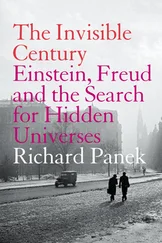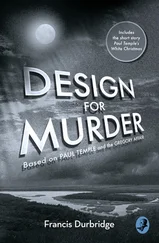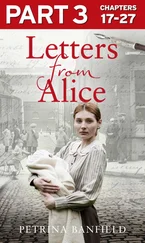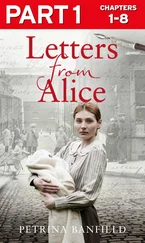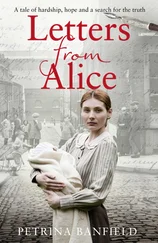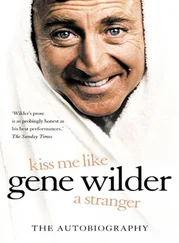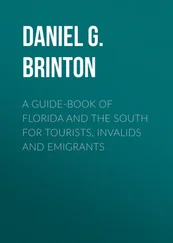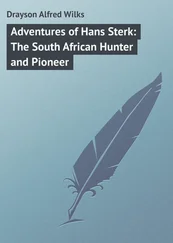They peppered mundane conversation topics with casual mentions of the black majority, most of whom they feared and few of whom they knew on a personal level. South Africa has no ingrained culture of “political correctness,” and so, on the subject of race, many people are generally far more forthright, nonchalant, and openly offensive than Americans. The white South Africans I met casually attributed to black people a number of negative characteristics: laziness, dishonesty, savagery, stupidity, ungratefulness, ugliness. They were puzzled by my sputtering protests, and regarded me as a naive foreigner (which I was, but for other reasons). They blamed all the problems in modern-day South Africa not on an intricate and complex set of political and socioeconomic issues running back centuries, but rather on the intrinsically hideous qualities of blacks. If the country was going to pot, this was because black people were fundamentally incapable of leadership. Presenting them with an endless list of horrible white leaders throughout history did nothing to change their minds.
“Blacks are lazy, and you’d know that if you worked at a corporate. I’m not being racist, I’m just stating the facts.”
“Sponsor a black child to go to school? Oh, right, because they end up being such model citizens .”
“I sure as hell am racist. The difference for you liberal Americans is your population is fifteen percent of them, but ours is nearly ninety percent.”
“It’s about the trees. They came down from the damn trees.”
“It’s not racist to be scared of black people. It’s realistic.”
The people who said such things were not dropouts from the boonies. Rather, they were well educated and widely traveled: a lawyer, a businessman, a designer, a farmer, a small business owner. And they were decent people, too. The racists of South Africa are a kindly lot, who are helpful and resourceful, community-minded and polite. They’re a good laugh, fine company, and fantastic to have by your side if you’re in a pickle. These very bigots, many of whom I hardly knew, have driven me across the country, saved my dog’s life, provided me top-notch medical care, given me free room and board when I needed it most, generously hosted me in their homes, and cooked me meals. And they don’t just help other white people. I have seen them feed the poor colored beggars, even as they roll their eyes; offer free and compassionate legal advice to the very black people for whom they have previously expressed disdain; put their gardener’s children through school; and buy beautiful houses for their maids, complete with furniture.
Usually, when the racists know black people personally, they are capable of seeing them as individuals. But on a larger level, to them black South Africans seem to meld together with their inept, corrupt black leaders, into an indiscernible mass, a majority that is steering the country toward mayhem: economic free fall, widespread violent crime, a crumbling public healthcare system, a broken government peopled with cronies. It is this mass—not specific members of it—that is the enemy. Before the mass existed (or more accurately, when it was disempowered and hidden), white South Africans lived in a kind of utopia: agreeable dirt-cheap labor, all the fruits of a gifted land, beauty everywhere for the taking, lovely neighborhoods with open doors, and all the suffering contained behind borders at a good distance.
Once I asked Easy about a friend of his whose actions were inconsistent. What he said makes as much sense as anything: “He’s a human being. Sometimes he’s good, sometimes he’s evil. Sometimes he is comme ci . Sometimes he is comme ça .”
I met plenty of exceptional white South Africans, of course. I came to know a yoga teacher whose many boyfriends spanned the racial spectrum, and a corporate mom born into a conservative Afrikaner family who married a Congolese basketball player. I spent time with some of the old white freedom fighters, who remained as committed to racial equality and justice as ever. I hung around a bunch of my husband’s high school friends, well-off thirty-something men who were focused on their various apolitical endeavors, like creating a Burning Man–type festival in Africa or bringing Cape Town its first New York–style Jewish deli or attending ayahuasca ceremonies for spiritual healing. And I knew plenty of young white activists who worked with the country’s most disadvantaged, including a man fluent in the Zimbabwean tongue of Shona who had devoted his life to helping African refugees gain footing in a new land.
However, according to the wealthy white citizens I met at first, townships—the impoverished zones created by the apartheid government to segregate black South Africans—were the epicenters of the crime epidemic sweeping the country, the places out of which black badness oozed. During apartheid, people of color had little access to white areas, generally allowed in during the day to work but banned after close of business. Once the laws that controlled people’s movement had been dismantled, that violence spilled out, affecting whites as well as everyone else (though whites complained most vigorously, crime actually affected them far less than it did their dark-skinned compatriots). South Africa, with its soaring crime rate, was now among the world’s most violent countries, with a murder rate five times that of the global average. Every day across the country there were 502 assaults, 475 robberies, 172 sexual offenses, 47 murders, and 31 carjackings. Every day, 714 houses were burgled, 202 businesses were robbed, and 349 cars were broken into.
Instead of seeing these daily terrors as the result of tyranny, many South African whites came to associate them with the enduring swaart gevaar , or black danger. The threat of the swaart gevaar —the concept of an overwhelming and inherently bloodthirsty black majority that needed to be contained lest it consume everything in its path—had been used to persuade a white electorate to vote into power in 1948 the National Party, whose platform came to be known as apartheid.
I could see these townships, Gugulethu in particular, from the highway leading away from the airport: a glimmering sea of corrugated tin shacks separated from the road by only a strip of grass, upon which I once saw a man squatting for a shit while casually flipping through a magazine. This accounted for the faint fecal stink that wafted out from the slums, especially on hot days. I was eager to see inside, but I was informed, repeatedly, of the dangers of those ghettos, which teemed with ruthless gangs high on a type of rough local crystal meth called tik .
In an old Lonely Planet guidebook I found, nestled between reviews for the extravagant high tea at the pink Mount Nelson Hotel and a most pleasant ride up the aerial cableway to Table Mountain, I read a quick note on the townships, which were situated in the Cape Flats, a depressed belt of sand and bedrock southeast of the city known as “apartheid’s dumping ground”:
For the majority of Cape Town’s inhabitants, home is one of the grim townships of the Cape Flats: Gugulethu, Nyanga, Philippi, Mitchell’s Plain, Crossroads, or Khayelitsha. Visiting without a companion who has local knowledge would be foolish. If a black friend is happy to escort you, you should have no problems.
Lacking an amenable black escort at the time, I waited until one day, less than a month into my stay, an opportunity to pass over those allegedly dangerous borders presented itself. Sam was setting up a project aimed at improving the delivery of basic social services for the poor, and he had been invited by an NGO to see the conditions in Khayelitsha, a sprawling township of nearly 400,000 people just north of Gugulethu. He asked me if I’d like to come along.
Читать дальше


